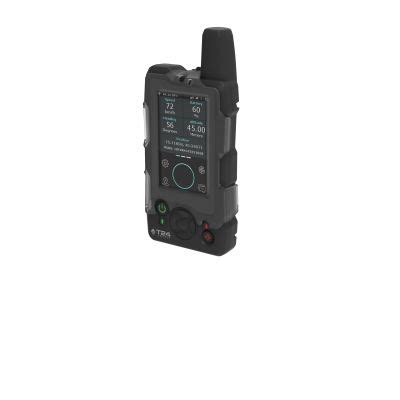
what goes rugged electronics design
Introduction to Rugged Electronics Rugged electronics are designed to withstand harsh environments and extreme conditions, such as high temperatures, vibrations, shocks, and exposure to dust,[…]

what happens layer changing vias when using pci express higher speeds
How Vias Affect Signal Integrity in High-Speed PCIe Designs PCI Express (PCIe) has become the dominant interconnect standard for high-speed communication in computers and other[…]

An Overview Different Types of PCB Assembly Services and Tips to Make your PCB Assembly a Success
Introduction to PCB Assembly Printed Circuit Board (PCB) assembly is the process of soldering electronic components onto a PCB to create a functional electronic device.[…]
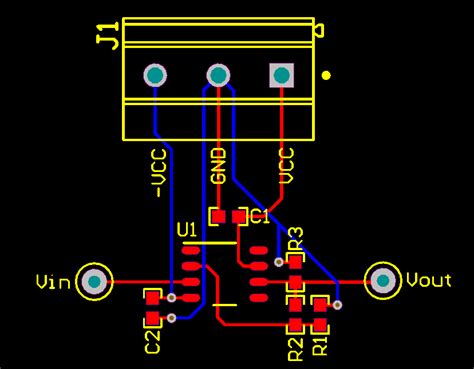
PCB Layout Design Service
Introduction to PCB Layout Design Printed Circuit Board (PCB) layout design is a crucial step in the development of electronic devices. It involves the arrangement[…]

coming soon altium circuitmaker pro
Introduction to CircuitMaker Pro Altium, a leading provider of electronic design automation software, is set to release an exciting new product called CircuitMaker Pro. Building[…]
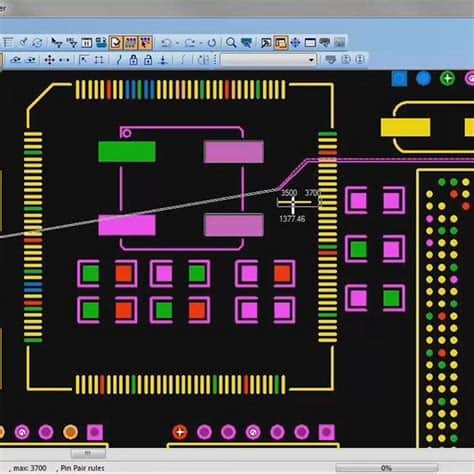
designing multiple pcbs same project
Introduction to PCB Design and Multi-Board Projects Printed Circuit Board (PCB) design is a crucial aspect of electronic product development. It involves creating a layout[…]
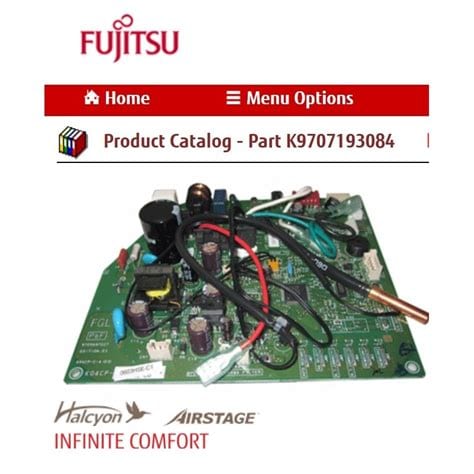
Large ASU PCB Copy Board and Set of Technologies in China
Introduction to ASU PCBs Advanced Substrate Utilization (ASU) Printed Circuit Boards (PCBs) represent a cutting-edge technology in the electronics manufacturing industry. ASU PCBs are designed[…]
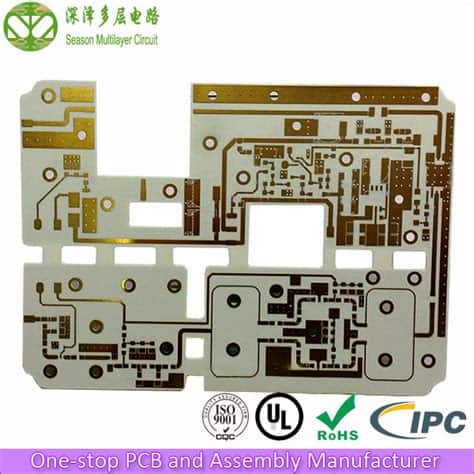
An Introduction to Rogers Material PCB by RAYPCB
What is Rogers PCB? Rogers PCB refers to printed circuit boards that are manufactured using Rogers materials. Rogers Corporation is a leading manufacturer of high-performance[…]

Flip chip Resistor Performance Improved
Introduction to Flip Chip Resistors Flip chip resistors are a type of surface mount device (SMD) that have gained popularity in recent years due to[…]
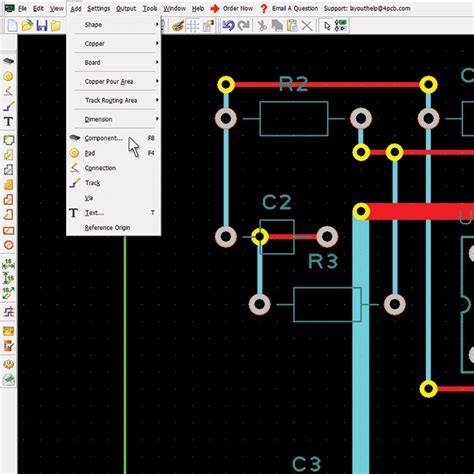
How to Design a Circuit Board in 10 Easy Steps
What is a Circuit Board? A circuit board, also known as a printed circuit board (PCB), is a flat board made of insulating material with[…]